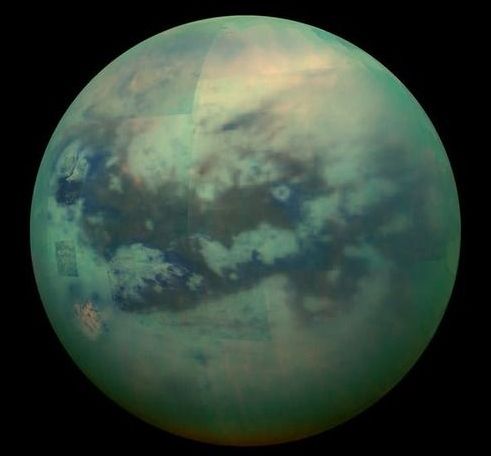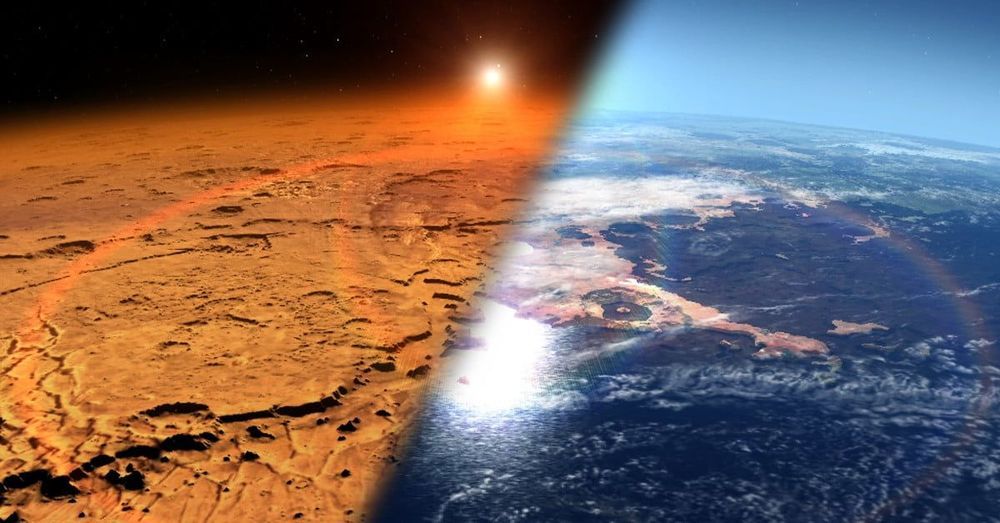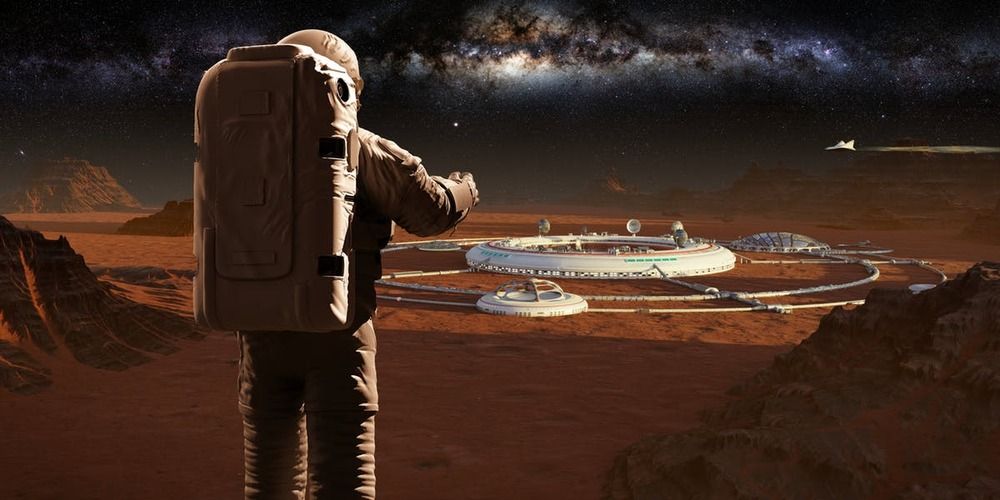Navigating Titan, Saturn’s largest moon, is a challenge. Just getting close is hard enough — it’s hundreds of millions of miles away, after all. But let’s suppose either a robot or a human lands on the surface of the only other body in the Solar System known to have liquid on its surface. They’d need a map — and fortunately, NASA has one ready to go should the occasion ever arise.
In November 2019, scientists made the first ever map detailing the moon’s complicated — and terrifying — terrain. It reveals a moon filled with weird and wonderful geography, including dunes, liquid methane lakes, plains, labyrinthine canyons, and craters.
This is #10 on Inverse’s 20 wildest space discoveries of 2019.






